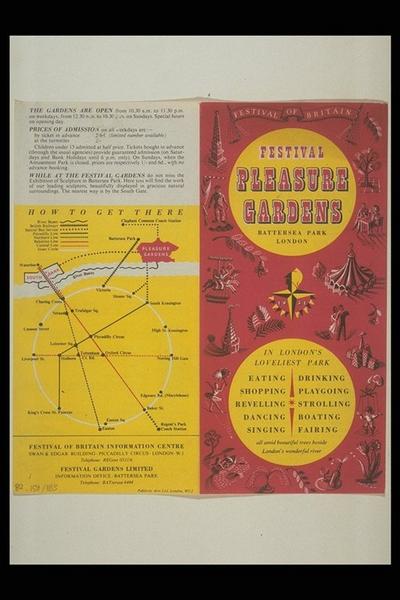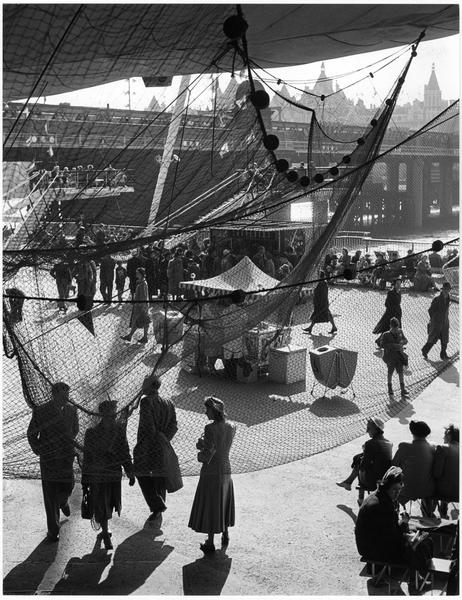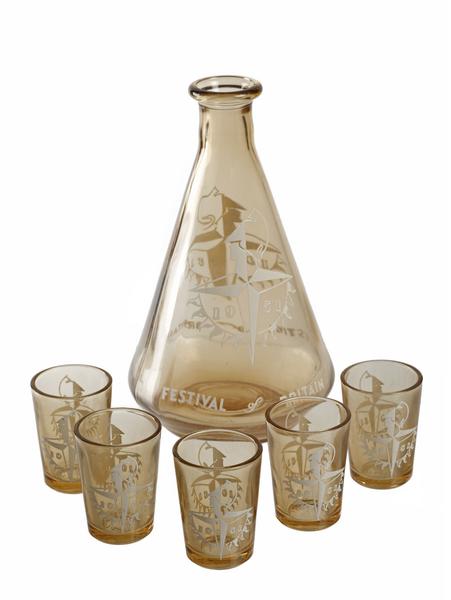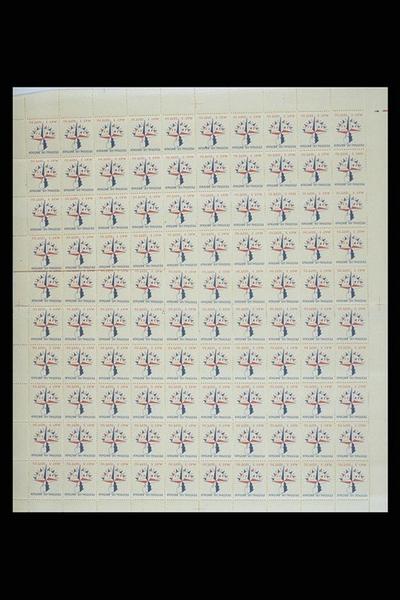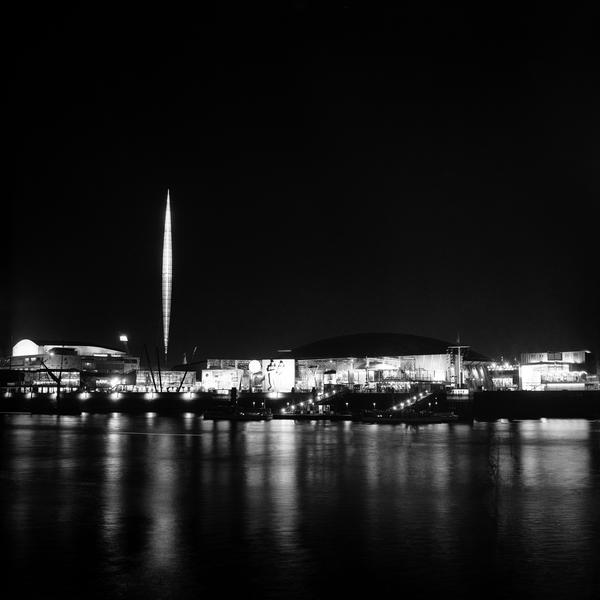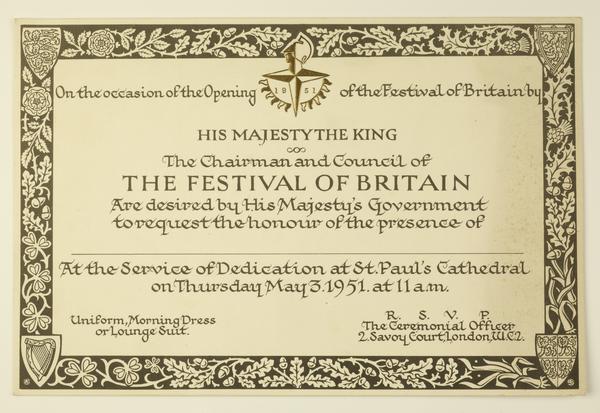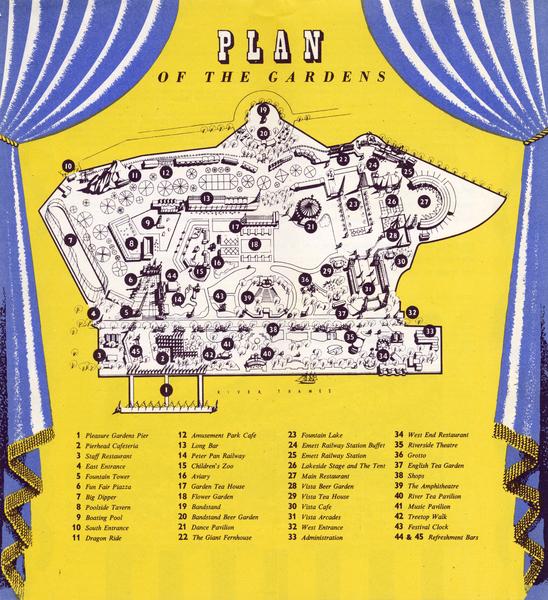The Festival of Britain 1951
The Festival of Britain 1951 celebrated Britain’s post-war recovery and envisioned a brighter future. Attended by millions, it was a tonic for a worn-out nation.
Across London
3 May – 30 September 1951
A futuristic antidote to post-war gloom
Transport yourself to post-war London. The economy was struggling. Your food, clothes and other everyday essentials were being rationed. And you’d walk past remnants of the Blitz in bombed-out buildings in your daily life. According to Clement Attlee’s Labour government at the time, morale in Britain needed boosting.
So the government created the Festival of Britain. It was a nationwide celebration of British design, science, technology and identity that aimed to create a sense of recovery from the war.
In the summer of 1951, London hosted the main festival exhibition on the South Bank of the Thames. Its futuristic architecture and exhibits of British life and industry presented a positive view of the country’s future.

Festival of Britain flyer.
How London celebrated the Festival of Britain
Celebrations took place across London in shops, exhibitions and event spaces. Each borough also organised their own festival activities. Places like Watford and Dagenham chose to centre the celebrations on their local industries and factories.
Battersea Park’s Festival Pleasure Gardens hosted leisure and entertainment, 50s-style. Think fun fairs, miniature railways and Punch and Judy puppet shows.
The festival’s centrepiece was the South Bank Exhibition. It told a patriotic story of Britain through innovations in industry and science as well as British identity. The Exhibition transformed the marshy area with new structures housing over 10,000 exhibits.
Look at the map above and you’ll see the scale of the project: almost everything was purpose-built for the event.
A vision of Britain’s post-war future
Although the festival took pride in Britain’s past, its vision was firmly on the future. You could see this in the innovative architecture of the new buildings on the South Bank.
“The towering Skylon structure looked like it had landed from outer space”
The Royal Festival Hall was built in a new Modernist style. The saucer-shaped Dome of Discovery was the largest domed building in the world at the time. And the towering Skylon structure looked like it had landed from outer space. They stood out from the worn-down city beyond.
As you explored the South Bank Exhibition, you might have seen your first ever television pictures, or encountered sculptures by artists like Barbara Hepworth and Henry Moore. You could also browse new designs in household items, like this clean-curved condiment set or a radio and record player built into a cabinet.
How popular was the Festival?
Not everyone approved of the Festival of Britain. Some considered it a waste of money, others were resistant to the futuristic designs. But for many Londoners, that summer was a welcome relief from the austerity of daily life. It was a “tonic to the nation”, the festival’s organiser Gerald Barry described.
Millions of people visited the attractions on the South Bank and in Battersea Park. They also took home colourful branded souvenirs, like the egg cup, perfume and jigsaw in our collection.
“A tonic to the nation”
Gerald Barry
What remains of the Festival of Britain today
The festival closed in October 1951. The site was largely razed to the ground after.
The Royal Festival Hall is the only building still standing. But the festival’s legacy lives on with the South Bank still a hub for London’s art and culture today.






